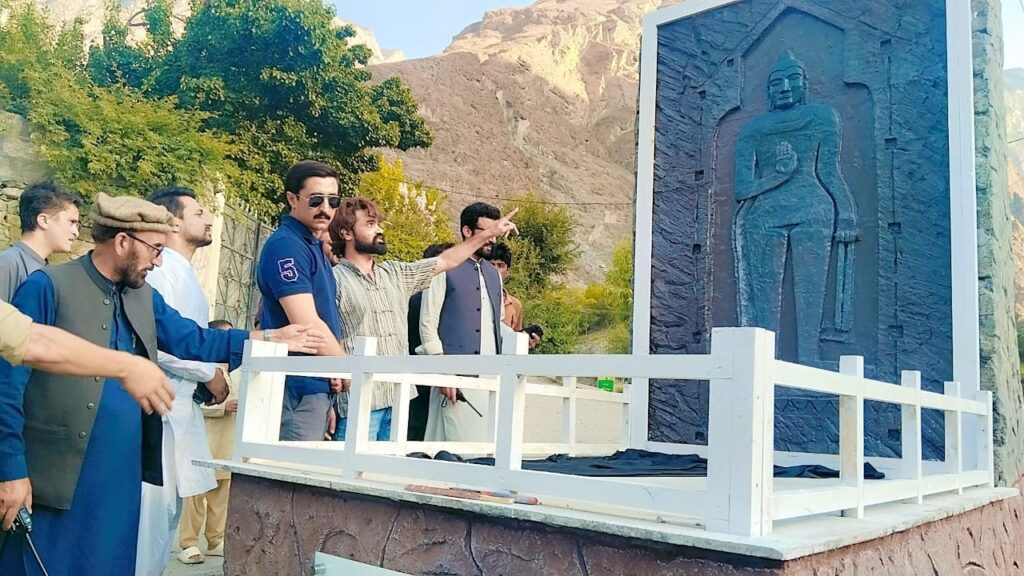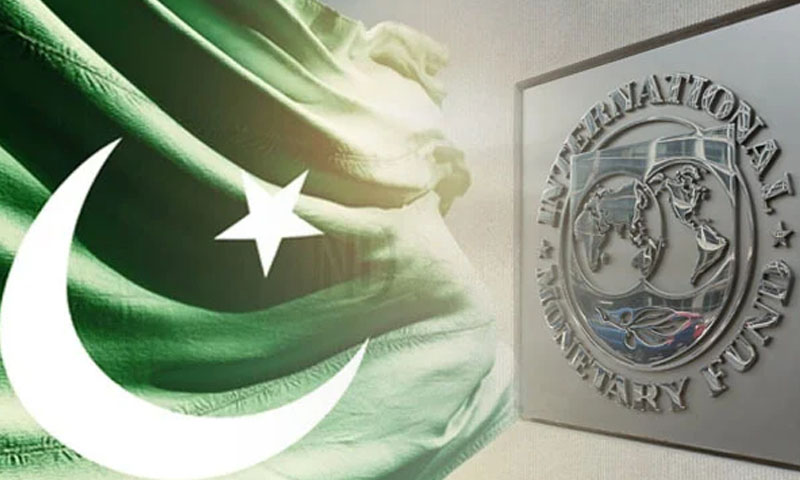- Web Desk
- 11 Hours ago
Gilgit admin decides to remove Buddha statue over religious pressure
-

- Tanveer Abbas
- Aug 13, 2024

GILGIT: The Gilgit district administration removed a Buddha statue at Kargha Chowk near the historic Kargha Buddha site a week after its installation, following objections raised by religious and political groups.
On August 7, the statue was installed by the district administration on the road leading to the famous Buddha site. However, it quickly became a point of contention as many religious and political leaders opposed it, terming it as against religious and cultural values.
During a meeting with Additional Deputy Commissioner Gilgit, Arif Hussain, several religious leaders expressed their concerns over the installation. In response, the Additional Deputy Commissioner assured the leaders that the statue would be promptly removed, which was subsequently done.
On August 7, during the unveiling ceremony, Assistant Commissioner and Administrator Lt. (R) Muhammad Owais Abbasi highlighted the historical significance of the installation.
He stated that the Buddha statue would enhance local tourism, attract both local and international visitors, and showcase the ancient culture of Gilgit-Baltistan. Abbasi further emphasized that the installation was intended to promote the region’s heritage and beauty.
Addressing the local communities of Shooti and Kargha, Abbasi urged them to take pride in their cultural heritage and to actively contribute to its preservation. He noted that the Kargha Buddha site already attracts a significant number of tourists from countries such as Japan, South Korea, North Korea, and China, and that the installation of the statue was expected to further increase international interest in the region.
Historical Significance of Kargha Buddha
According to the Tourism, Sports, Culture, Archaeology & Museums Department, the Kargha Buddha, known locally as “Yashani,” is a unique archaeological site featuring a 7th-century Buddha figure carved deep into solid rock. Located about 9 km outside the main Gilgit city, this large standing Buddha with a carved image on the cliff face is situated in Karghah Nala.
From the 3rd to the 11th century, Gilgit served as a significant Buddhist centre. In 1931, a Buddhist monastery and three stupas containing Sanskrit manuscripts were excavated. The carving of the Buddha, estimated to have been completed in the 7th century, was discovered along with the ruins of the Buddhist monastery and stupas about 400 meters upriver from the Buddha itself during the 1938-39 period, following the discovery of the Gilgit manuscripts in 1931.
Read more: Female teachers in Punjab to get two holidays a week
Every year, thousands of Buddhists from Japan, Korea, and other parts of the world visit Gilgit city to see the Kargha Buddha statue, underscoring its global cultural and religious significance.




